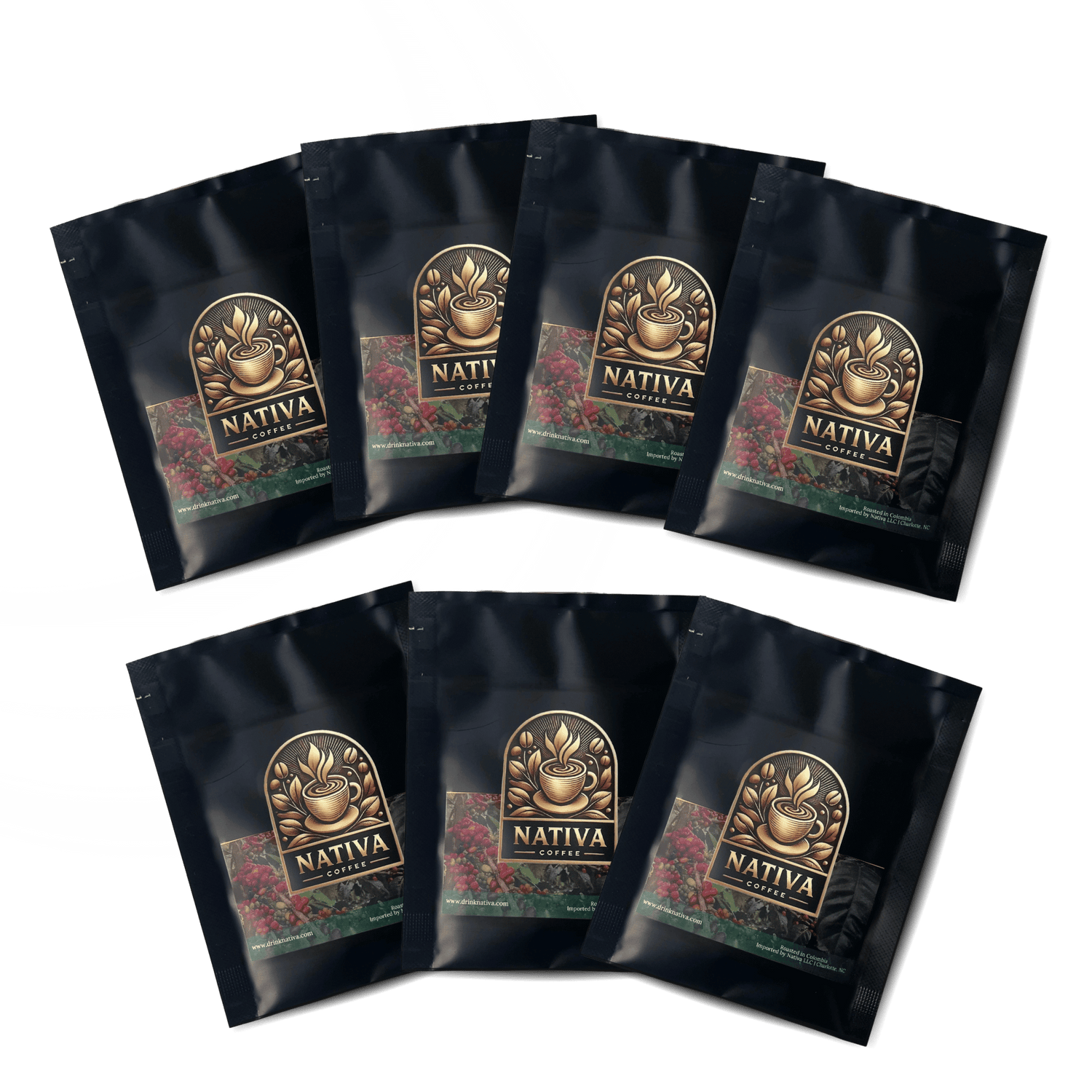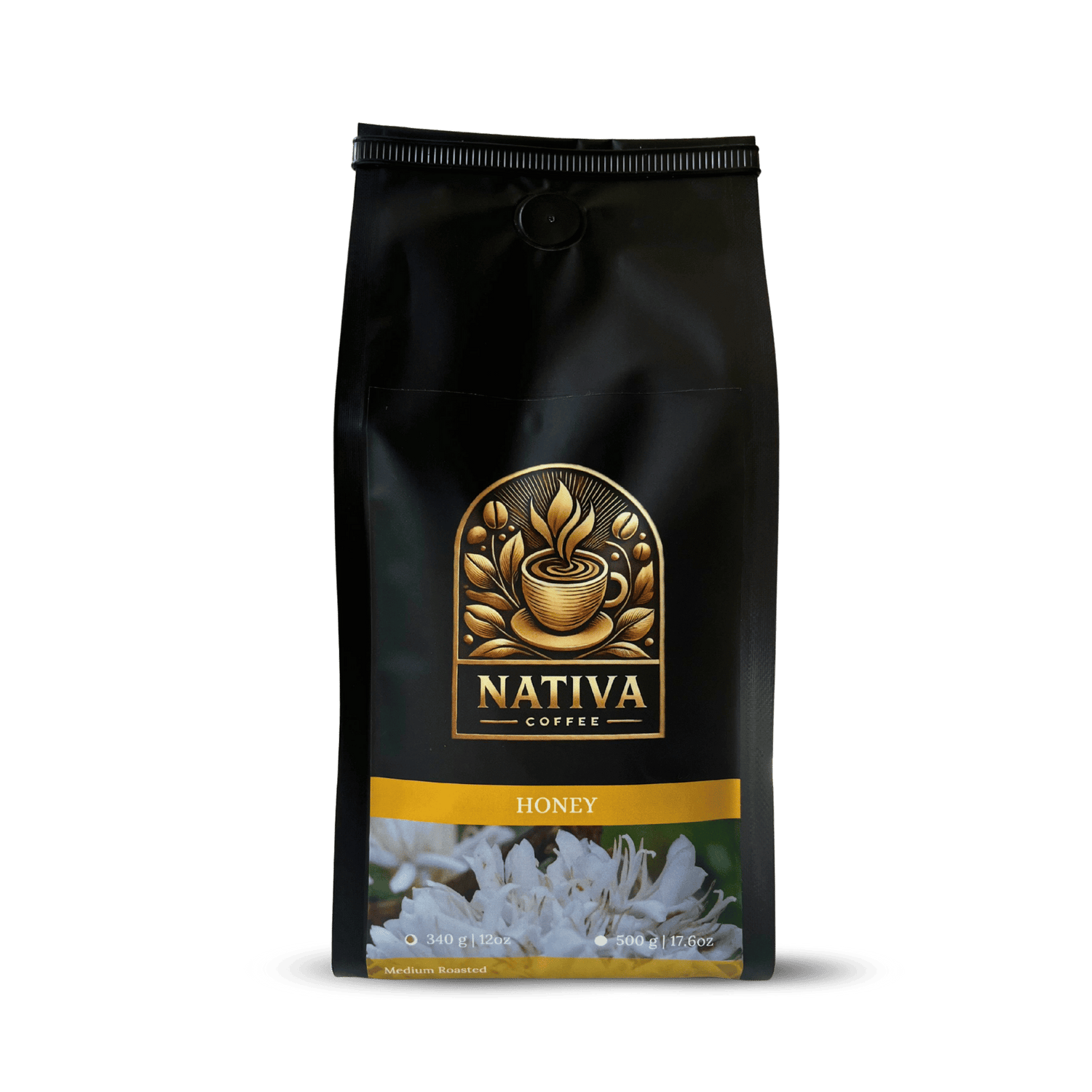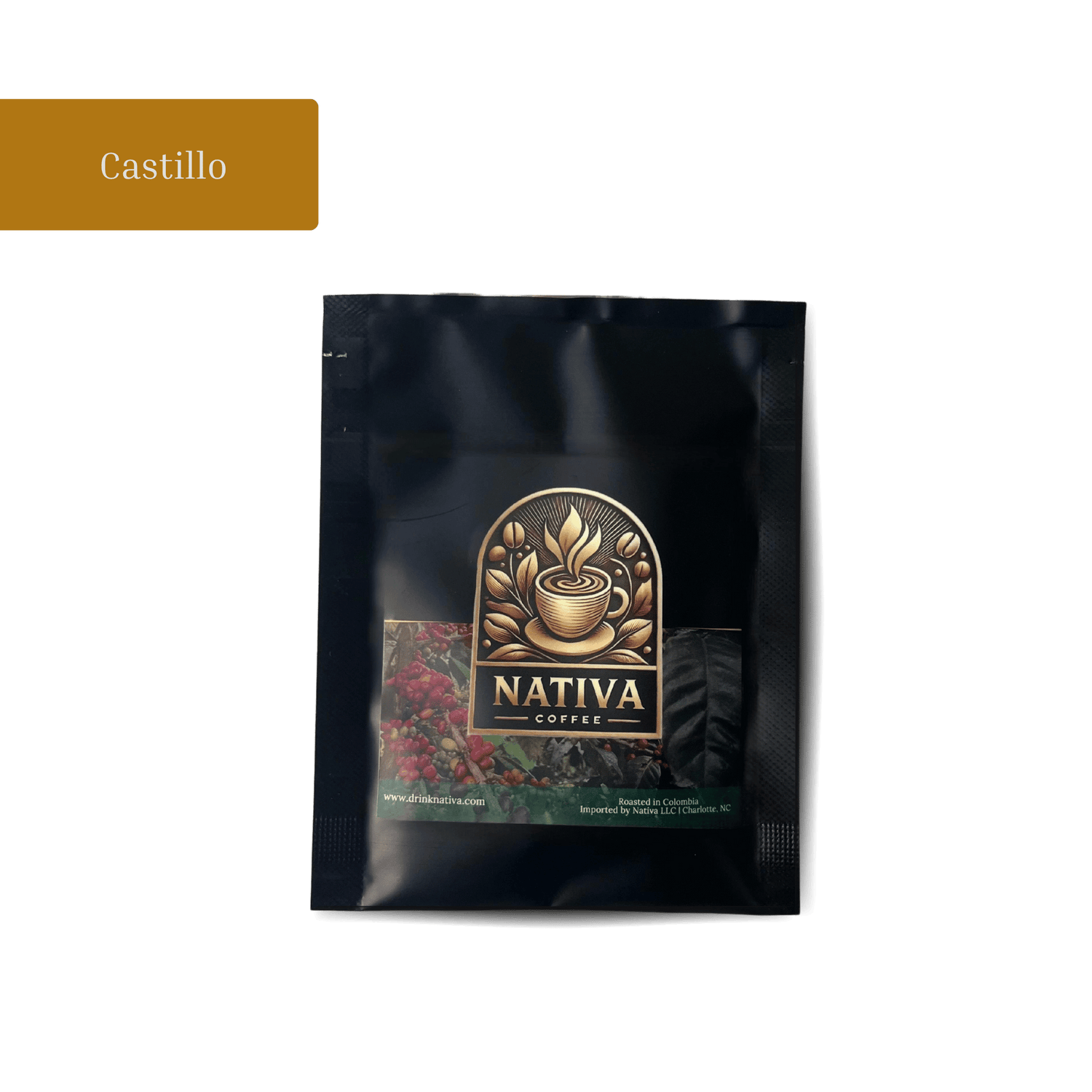The Most Famous Coffee-Growing Regions in Colombia
Colombia is home to some of the world's best specialty coffee, thanks to its unique climate and mountainous terrain. Here are the most famous regions producing high-quality beans:
1. Risaralda
- Located in the heart of the "Coffee Triangle", Risaralda is known for producing smooth, chocolatey coffee with mild acidity.
- The region’s perfect balance of rainfall, elevation, and temperature creates rich and aromatic coffee highly prized by connoisseurs.
2. Huila
- One of the most recognized specialty coffee regions, Huila offers balanced acidity and fruit-forward flavors.
- Its volcanic soil and ideal altitude contribute to bright, complex notes in every cup.
3. Nariño
- Grown at high altitudes, Nariño coffee is known for its bright acidity, deep sweetness, and floral undertones.
- The cold nights and warm days allow the coffee cherries to mature slowly, enhancing their complexity.
4. Antioquia
- Traditionally a large-scale coffee-growing region, Antioquia is evolving into a hub for specialty coffee production.
- Its beans offer a rich body, mild acidity, and nutty-chocolatey flavors.
5. Tolima
- Known for its smooth body, caramel sweetness, and floral notes, Tolima’s coffee is delicate yet flavorful.
- The region’s organic and sustainable farming practices contribute to high-quality specialty coffee.
Processing Methods of Colombian Specialty Coffee
The way coffee is processed after harvesting significantly impacts its flavor. Here are the three main methods used in Colombia:
1. Washed (Fully Washed) Process
- The most common method in Colombia, where coffee cherries are pulped, fermented, and washed to remove all fruit layers.
- Produces a clean and bright cup with well-defined acidity and flavors.
2. Natural Process
- Coffee cherries are dried with the fruit still intact, allowing the beans to absorb natural sugars.
- This method results in a fruity, bold, and sweet coffee with wine-like characteristics.
3. Honey Process
- A hybrid between washed and natural, where some fruit mucilage is left on the beans during drying.
- Creates a coffee with a balanced sweetness, medium acidity, and a syrupy body.
The Role of Colombian Coffee Farmers
Behind every cup of Colombian coffee is the dedication of small-scale farmers who ensure the highest quality through meticulous harvesting and processing.
1. The Dedication of Small-Scale Farmers
- Over 500,000 Colombian families rely on coffee farming, with most working on small, family-run farms.
- These farmers take pride in producing handpicked, high-quality beans for specialty coffee.
2. Handpicking Method & Why It’s Essential
- Unlike mechanical harvesting, Colombian coffee is handpicked to ensure only the ripest cherries are selected.
- This labor-intensive process helps maintain uniformity and superior cup quality.
3. Cooperatives and Fair-Trade Initiatives
- Many farmers join cooperatives that provide support, fair wages, and access to international markets.
- Certifications like Fair Trade and Rainforest Alliance help promote sustainability and ethical coffee production.



